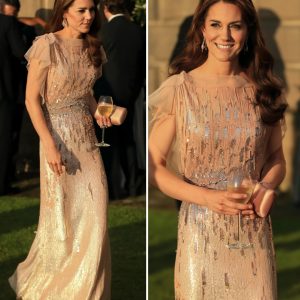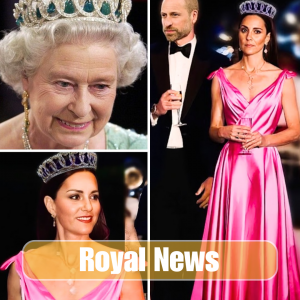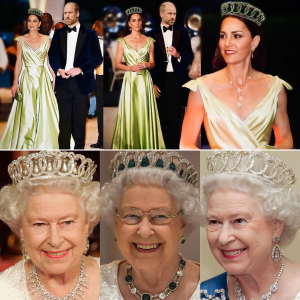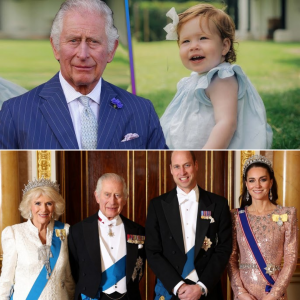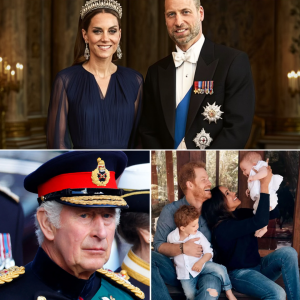
The Chicago Cubs finally made the playoffs in 2025 after a four-year drought, only to fall to their Central Division rivals, the Milwaukee Brewers, in the second round. Now, as the team heads into the offseason, what do the Cubs need to do to make sure that next season is not a repeat of this one? Who stays? Who goes? Who needs to step up in 2026?
The Cubs’ Starting Rotation

Chicago’s starting rotation was a strength at times in 2025, but it faltered down the stretch and in the playoffs. The rotation ranked eighth in MLB in ERA and first in WHIP. Injuries to Justin Steele, Shota Imanaga, Jameson Taillon, Javier Assad, and Cade Horton definitely hampered the team, but they were still able to secure a playoff spot. When healthy, the rotation can be very good, but the Cubs lack a true ace. Steele, Imanaga, Boyd, and Horton are all better suited as number twos.
Horton (11-4, 2.67, 97Ks) and Boyd (14-8, 3.21 ERA, 154 Ks) both showed flashes of being that top guy. Boyd, who was pitching in his first full season after Tommy John surgery, ran out of gas at the end of the regular season. Horton got hurt right before the playoffs. If either of those two can make that leap in 2026, Chicago’s rotation could be one of the best in the National League. If not, the Cubs need to invest in a true number one starter from outside the organization.
The Bullpen
The Cubs’ bullpen was vastly improved over prior seasons, but it still let the team down at very pivotal moments. Part of the problem was manager Craig Counsell’s tendency to overwork it. Starters were often leaving the game early, even when they pitched well, routinely leaving the bullpen to cover more than three innings. Counsell often went to the same relievers on three or more consecutive days, and it showed down the stretch and in the playoffs.
Tired as they were, the bullpen’s overall numbers were excellent. Daniel Palencia (22 saves, 2.91 ERA, 61 Ks) and Brad Keller (3 saves, 2.07 ERA, 75Ks) provided the power arms that Chicago’s bullpen lacked in years past. Andrew Kittridge (5 saves, 3.32 ERA), Drew Pomeranz (2.17 ERA, 57Ks), and Caleb Thielbar (2.64 ERA, 56 Ks) all made major contributions as well. Thielbar, Keller, and Pomeranz are all set to become free agents this winter, and the Cubs have a 2026 club option for Kittridge. All of those relievers need to be brought back next season.
Kyle Tucker

Chicago made a huge deal last offseason to bring in Kyle Tucker. The team gave up major pieces to acquire the four-time All-Star from the Houston Astros. It appears that both the Cubs and Tucker may have soured on the relationship, as no effort has been made to re-sign the star right fielder. He slashed .266/.377/.464 in 136 games, amassing 22 home runs, 25 steals, 73 RBI, and 87 walks.
Tucker got off to a fantastic start in 2025, but broke his hand on a head-first slide into second base on June 1 (pictured above). Counsell then played the slugger with a broken hand for nearly three months before finally giving him a few games off. This move not only put Tucker into an offensive tailspin, but it seemed to dissuade the front office and fans from believing that the team needed to re-sign him. It most likely convinced Tucker to move on as well. He is a five-tool player with massive potential. When fully healthy, Tucker is easily capable of putting up more than 30 homers, 30 steals, 100 RBI, and 80 walks, while playing exceptional defense.
The Offense

If Chicago chooses not to re-sign Tucker (and that clearly appears to be the case), that leaves a big gap in its lineup. Barring the Ricketts family finally ponying up some money to sign a superstar player, that leaves that spot in the lineup to fall to one of three options. 1) They can put Seiya Suzuki back in right field and have Moises Ballesteros take over at DH. 2) They can have Suzuki and top prospect Owen Caissie fill the right field and DH roles. 3) They can have Suzuki and prospect Kevin Alcantara fill those spots. Most likely, Ballesteros and Caissie will battle it out in spring training for that lineup spot.
The rest of the lineup looks to stay the same. Nico Hoerner, Michael Busch, and Pete Crow-Armstrong all had breakout seasons, though Crow-Armstrong fizzled down the stretch. Busch showed the power that the Cubs banked on when they acquired him from the Los Angeles Dodgers, smashing 34 homers and driving in 90 runs. Hoerner led the team in batting average (.297) and hits (178), stole 29 bases, and was their best hitter with runners in scoring position (.457). Crow-Armstrong was the first Chicago player to hit 30 homers and steal 30 bases in a season since Sammy Sosa did it in 1995.
The Youth Movement
Barring a return by Tucker or any big offseason acquisitions, Chicago will need to see growth from their young players if the team wants to improve on its 2025 performance. As mentioned above, the Cubs need Horton to take that next step up to staff ace. Crow-Armstrong will need to cut his strikeouts and mental errors in his third full season. Third baseman Matt Shaw looked great on defense, but he will have to prove in his second season that he can hit consistently at the big-league level.

Either Ballesteros or Caissie will have to claim Tucker’s spot in the lineup. Caissie has shown that he can hit for power in the minors, but he has yet to show that he can do the same against major league pitching. Ballesteros has some power, but has demonstrated better bat-to-ball skills than Caissie. The Cubs hope that Ballesteros can hit .300 consistently at the big-league level, and their faith in him showed when they put him on their 2025 postseason roster.
End Of My Chicago Cubs 2026 Rant
Chicago has all the talent to be right back in the playoffs again next year. Something will need to change, though, if they hope to make a deeper run next season. Their number one priority should be to mend fences with Tucker and sign him to a long-term deal, but they have shown no interest in doing that. The Ricketts like to spend just enough money to get fans’ hopes up, but not enough to put the team over the top. Hence, it falls upon executives Carter Hawkins and Jed Hoyer to find role players to make the best of the money they have. All the while, they have to rely on developing their stars from within the organization.
If Crow-Armstrong and Horton take that next step in 2026, Hawkins and Hoyer will look like geniuses. If they don’t, fans will see a repeat of the last few seasons, where the Cubs fade down the stretch. I am not sold on Counsell’s leadership in the dugout. He was lauded for his work in Milwaukee, but his Brewers teams always fizzled early in the playoffs. His management of Tucker and the bullpen cost the team in 2025, and I don’t see anything changing next season. The front office overpaid to steal Counsell away from the Brewers, and now, next season may be a make-or-break season for him with the club.

